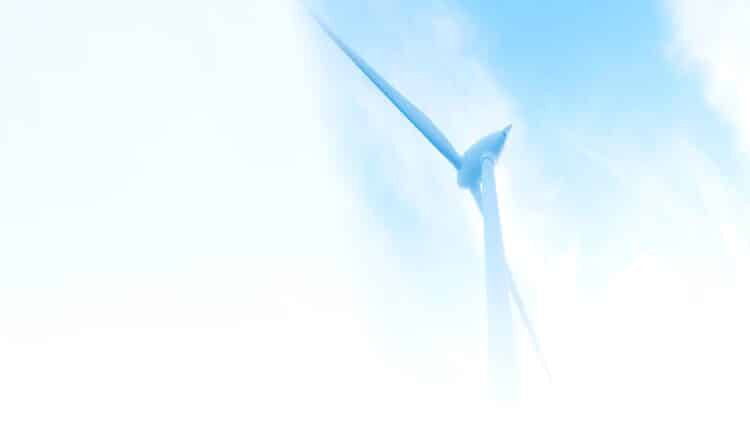The German engineers design a renewable energy revolution with historical turbine technology that can create electricity from even light whispers of wind. The revolutionary work defies conventional wisdom on wind power specifications with fresh prospects of renewable power generation in otherwise uninhabitable places across the globe.
How German engineers revolutionized energy harvest from low wind
The Fraunhofer Institute for Applied Polymer Research, in a joint venture with BBF Group, developed lightweight wind turbines that can be switched on when wind speeds are 2.7 meters per second. Compared with sub-small traditional wind turbines that are switched on when wind speeds are up to 4 meters per second, this discovery is particularly valuable where it is frequently light and consistent in wind conditions. The innovation is made from lightweight hollow rotor blades with fiber-composite material as compared with conventional foam filling.
These new turbines are fabricated with unparalleled efficiency using automated fiber placement machines that create laminate structures within millimeter tolerances. Their hollow fabrication reduces them to 35 percent lower than traditional turbines with embedded strength and solidity intact. The test results from a wind tunnel revealed that turbines can reach 450 revolutions per minute with 2,500 watts of power output when driven with a 10 meters per second wind speed.
Technical specifications of the breakthrough turbine design
- 2.7 m/s as a result of
- 35% weight loss with hollow construction
- 83% lebih banyak kekuatan daripada
Why This Enables Renewable Energy Accessfulness Transformation
The turbines are 53 percent efficient, within range of the 59.3 percent theoretical optimum set down in Betz’s Law of wind energy conversion. This outstanding performance makes them 83 percent stronger than comparable installations already on the market. Marcello Ambrosio elucidates how the composite layer materials enable rotator blades to flex elastically with storms, self-rotation out of the wind in overload potential situations.
What is especially revolutionary is that these turbines can harvest energy from natural movements of the environment that used to be thought to be too light for meaningful power output. The technology provides distributed renewable energy generation in locations where wind conditions used to be thought too weak for meaningful installations, thereby widening the planet’s potential for wind power installations within buildings as well as on industrially zoned lands.
“Our aim is to exploit the energy of the wind as efficiently as possible to produce electrical power” – Marcello Ambrosio, Fraunhofer Institute
What is its breakthrough going to imply for its sustainable energy future?
The BBF Group is meanwhile operating five test prototypes at various locations to evaluate differences in performance due to location and height variations under practical field conditions. The wee turbines have a maximum operating height of 10 meters, so are well-suited to rural home installations as well as disaster relief situations where emergency power supply is needed. Raúl Comesaña Macias points out that high-efficiency small wind turbines are highly valuable to stand-alone energy supply systems for consumers as well as companies.
The design team is further going to optimize rotors and develop rotors from monomaterials rather than composites to increase recyclable content at the end of life of rotors. The breakthrough is a significant step in achieving decentralised sustainable energy that can be readily deployed independently and sustainably by people and organizations.
Future development priorities for enhanced sustainability
| Focus Area | Current Status | Future Goal |
|---|---|---|
| Material composition | Fiber composite | Recyclable monomaterial |
| Installation flexibility | Prototype testing | Commercial deployment |
| Efficiency optimization | 53% achieved | Approaching 59% theoretical limit |
Germany’s revolutionary wind turbine technology shows that renewable energy innovation keeps finding new limits of possibility in sustainable power creation. As such lightweight, efficient devices approach commercial readiness, they can democratize access to wind power for communities both small and large from across the globe, despite their on-site wind resources or territorial restrictions.


